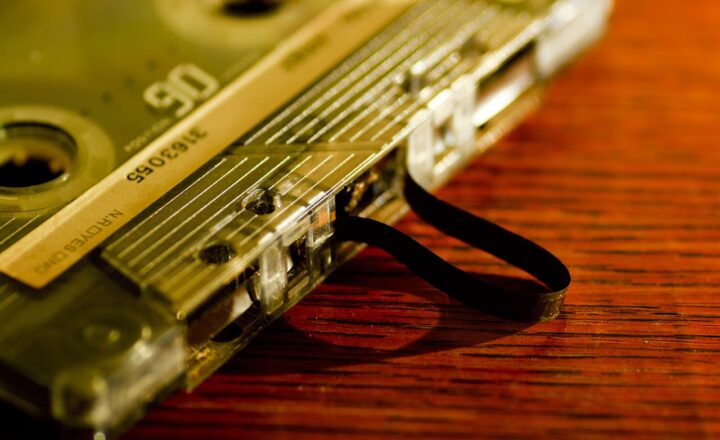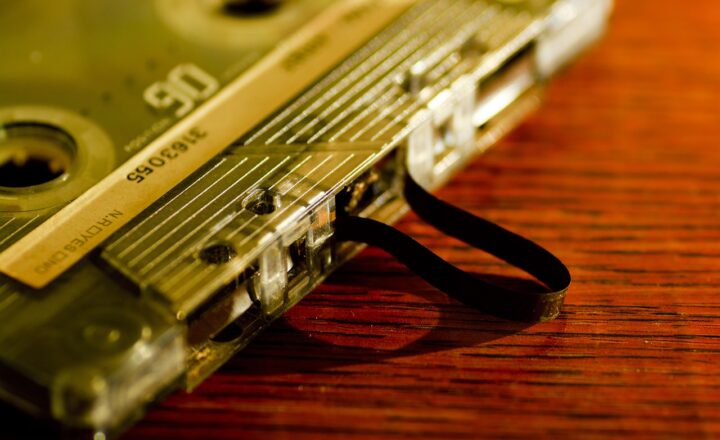The Evolution of 90s Slang: Words and Phrases We Still Use Today
November 12, 2024

The 1990s were a fascinating period in American culture—from the rise of grunge music and hip-hop to the explosion of internet culture. Along with these trends emerged a unique lexicon that characterized the era. 90s slang reflected not only the youth culture of that time but also symbolized a shift in societal attitudes, media influences, and even technology. Many of these words and phrases have stood the test of time, continuing to permeate our everyday language today.
—
1. A Look Back at the 90s: Cultural Context of Slang
The 1990s marked a significant cultural shift; the rise of the internet began to change how people interacted and communicated. MTV played a crucial role in giving birth to a new generation of influencers, introducing words commonly associated with the youth culture of the time. From the hip-hop scene in urban America to the skate parks of suburbia, different communities contributed to this evolving lexicon. Here, we’ll explore key 90s cultural influences and how they contributed to the slang we still use today.
—
2. Iconic 90s Slang Words and Their Meanings
Now let’s dive into some classic 90s slang terms that have managed to stick around.
“Whatever”
Often used with an air of indifference, this term was popularized by the TV shows and movies of the era. It became a shorthand way of saying “I don’t care” or “this isn’t worth my time.”
“Phat”
This term, meaning “cool” or “excellent,” particularly referred to nice things like clothes or music. Although its usage has waned, it occasionally resurfaces in nostalgic references.
“As if!”
Originally coined by the iconic character Cher Horowitz in the film Clueless, this phrase became synonymous with disbelief and is often used ironically today.
“Bling”
Derived from hip-hop culture, “bling” refers to flashy jewelry or anything that glitters. Today, it encompasses luxury and ostentatious fashion more broadly.
“All that and a bag of chips”
This phrase emphasized something or someone that was considered awesome and included everything desirable—like a complete package of snacks. While it’s not in as frequent use, it’s still recognized by many.
—
3. Influence of Media on 90s Slang
One of the most notable contributors to the evolution of 90s slang was the rapid evolution of media. TV shows, movies, and even music played significant roles in popularizing these terms. For example:
– *Television: Shows like Friends and Seinfeld* were steeped in the vernacular of young adults, giving rise to phrases like “we were on a break” and “yada yada yada.”
– *Film: Movies like Clueless and Wayne’s World* influenced language trends significantly. “Totally,” “babe,” and “party on” became popular catchphrases from the memorable scenes.
– Music: Hip-hop emerged as a defining genre of the 90s, introducing language that continues to influence slang today. Artists like Tupac, Notorious B.I.G., and others popularized terms that have become part of our everyday vernacular.
—
4. Surviving the Test of Time: Why 90s Slang Endures
You might wonder why terms from such a specific time have remained in use. The answer lies in nostalgia and relatability. People often hold on to the phrases from their formative years as a sentimental connection to their youth. Here are some reasons they continue to thrive:
Cultural Reference: The phrases provide context and connectivity when discussing pop culture, particularly for millennials and Gen X. They evoke experiences and feelings tied to specific moments in time.
Continued Relevance: Many of the sentiments expressed through 90s slang reflect ongoing social dynamics and attitudes. Words like “whatever” express indifference or dismissal, which remains relatable to many.
Virality on Social Media: Platforms like TikTok have resurrected many of these phrases, often in humorous or ironic contexts, ensuring they are continually reintroduced to newer generations.
—
5. Conclusion: The Legacy of 90s Slang
The evolution of 90s slang is a testament to the dynamic nature of language and culture. From “phat” to “whatever,” each term carries a memory, a cultural significance, or an emotional resonance. Whether you’re rolling your eyes at an “As if!” or embracing “bling” to describe your latest fashion choice, these words reflect a vibrant past that contributes to our present-day vocabulary. The language we use creates a bridge between generations, proving that while slang may evolve, the creative essence of communication remains eternal.
So the next time you catch yourself saying a phrase that originated in the 90s, take a moment to appreciate the cultural tapestry that shaped our language and keeps it evolving to this day.








